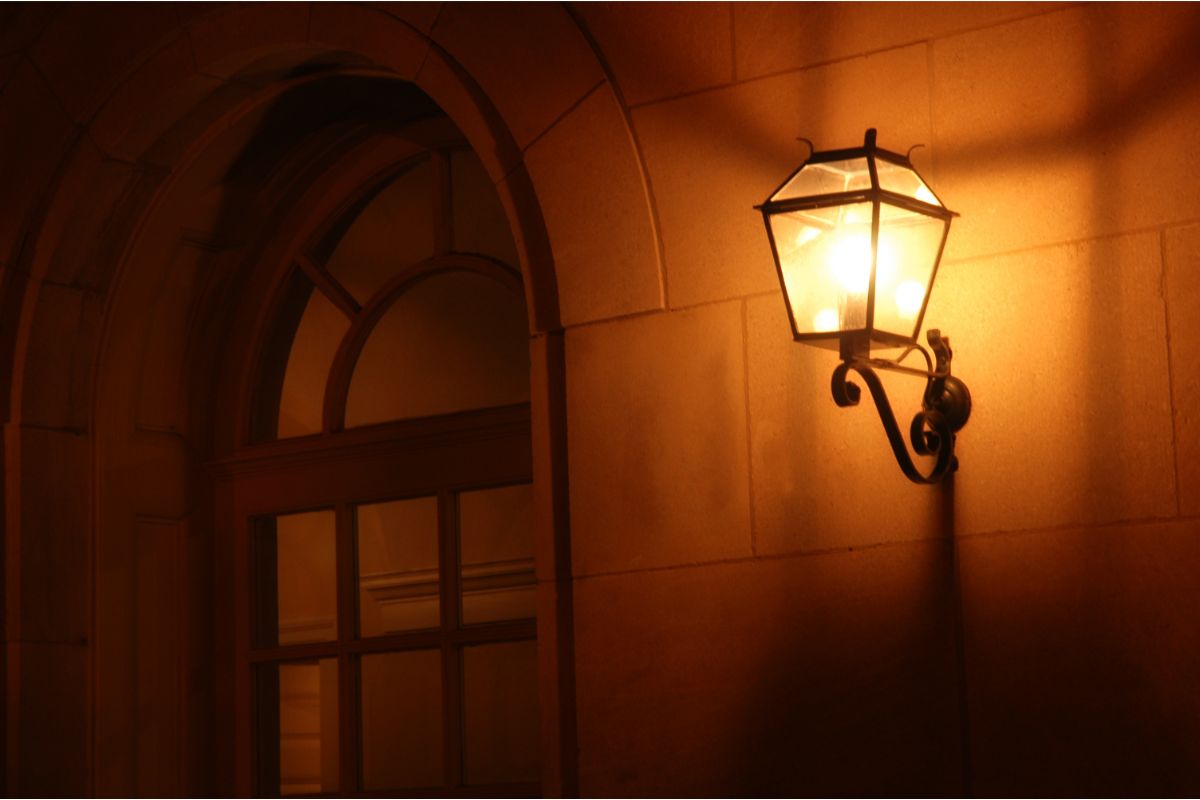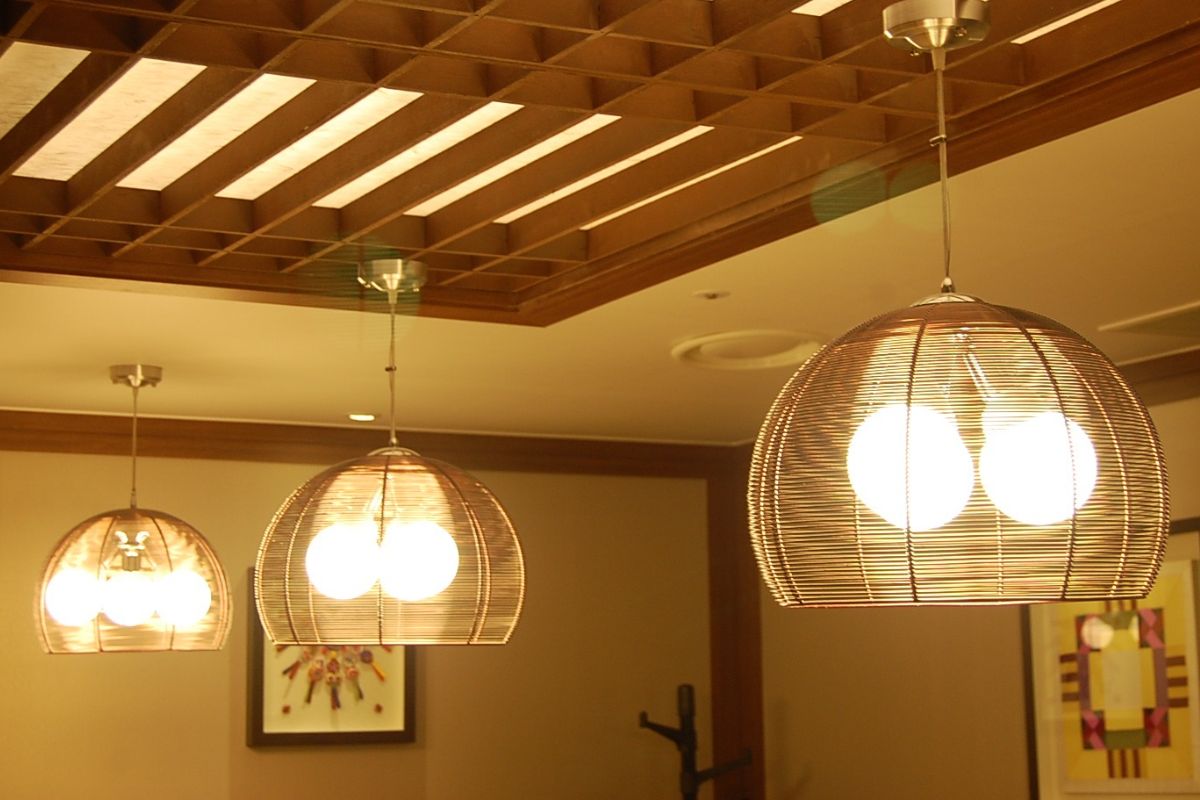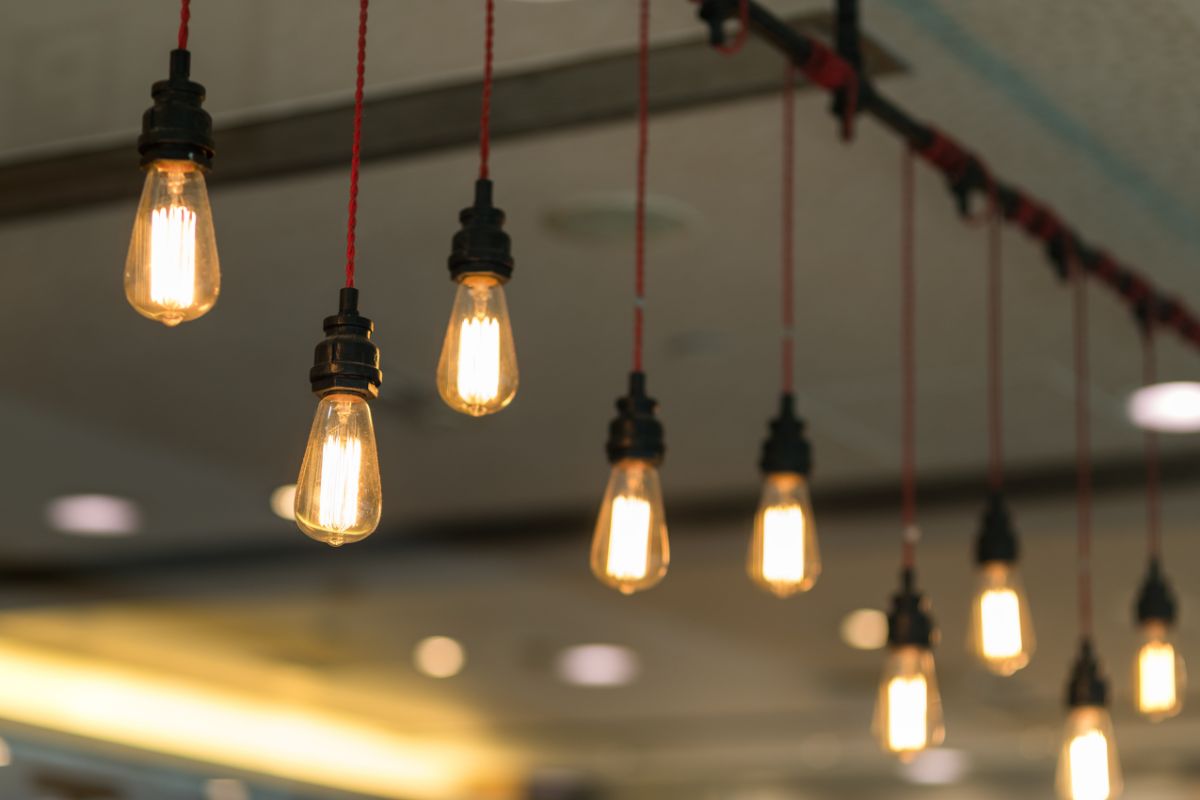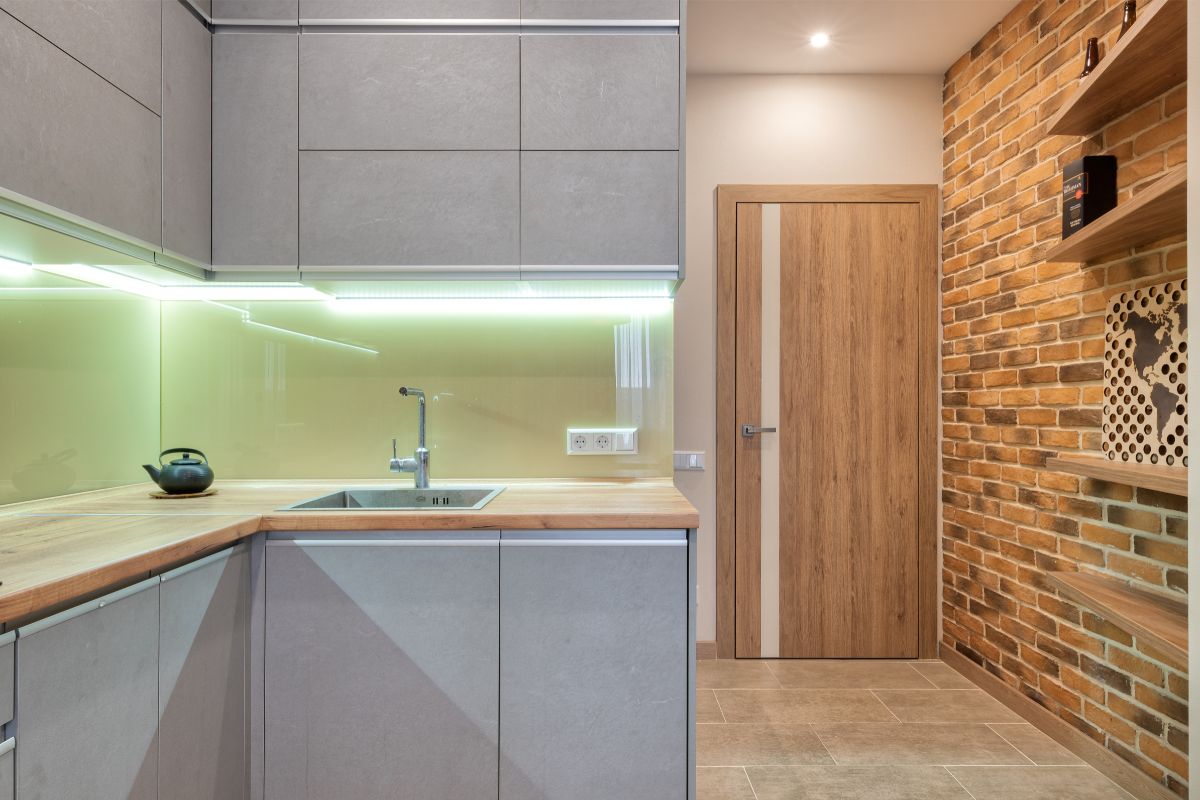Have you ever wished you could move your overhead lighting in order to highlight a certain feature or to illuminate a variety of different work zones? Then track lighting is definitely for you.
These wireless lights can be adapted to pretty much any situation, which is why they’ve become such a popular option for task-oriented spaces like garages and kitchens.

Invented and developed by one Mr. Anthony Donato of the company Lightolier way back in 1961, this versatile lighting format has never really had its day.
But recently, it’s seen something of a resurgence, as people are using it to accomplish multiple lighting goals in one fell swoop — It’s a two or more birds with one stone kind of situation!
So, let’s put this fantastic fixture under the microscope. It might just be the final piece of the lighting puzzle you’ve been trying to complete for years!
Track Lighting: A Brief Overview
A track light fixture has two primary components, a track, and some lights — Duh, right?
The lights, or track heads as they’re often called, are completely wireless, held in place by mechanisms that clip into the track, and once fitted, they can be slid up and down the track to alter the lighting profile of the space.
They can typically be tilted 90 degrees and rotated between 350 and 360 degrees, giving the user even more options for on-the-fly lighting. Tracks can be straight, curved, or even circular. As long as the shape doesn’t inhibit the movement of the track heads, basically, anything goes.
How Do Track Lights Work?
I assume your next question is something along the lines of… If the track heads are wireless, where do the lights get their power? Well, as mysterious as track lights seem at first, it all makes a lot of sense when you take a look at how they’re made.
Without going into too much detail (I understand that not everyone is a light nerd like me), on the inside of the track, there is a conductive strip that runs its length. This strip is linked to a power box that does have wires.
The wires link up to the hidden cable network above in the ceiling (or wall), just like they do with normal lights — If it’s a hardwired track light, that is (more on that later).
The power box sends electricity shooting up and down the conductive strip, and at the base of the track heads, little metallic contact points that never leave the strip ferry the power down to the bulbs. Thus, no matter where the lights are on the track, they’ll work just fine.
How Many Lights Do Track Lights Have?
How long’s a piece of string? Track light system installation kits usually arrive with between 2 and 4 lights, but theoretically, with a custom installation, you could put on as many track heads as you like.
Bear in mind, though, that the general rule of thumb is that you should never add more than one track head per foot of track, the reasons being that the heads will be too heavy for the track, and having them so close together makes their mobility kind of, well, redundant.
The Two Types Of Track Lighting

As is the case with most light fixture formats, there are two primary types of track lighting — They can either be built on the plug-in blueprint or the hardwired blueprint. Plug-in track lights draw their power from a wall outlet rather than the main power supply, making installation (if you can even call it that) an absolute breeze.
The downside, of course, is that they have to be mounted quite near an outlet, and it takes some pretty nifty cable management to keep the power cable looking neat. No prizes for guessing what hardwired track lights are.
Yep, they’re the same thing, but rather than drawing power from a wall outlet, they’re hardwired into the primary electric system of the building.
Hardwiring isn’t beyond the realm of DIY, but if you have limited experience in this field, it’s best left to a professional electrician. When hardwired, these lights can be operated by a normal light switch.
Advanced Features
Not everyone wants all their track lights to turn on at the same time, which is where DALI comes in, or Digital Addressable Lighting Interface for those with a penchant for formality.
DALI gives you articulate control of each individual light on a track, meaning you can save a pretty penny on the old electricity bill and create a variety of different lighting profiles in a room.
Other forms of articulate control have been cropping up in recent years, such as color change, dimmable lights with remotes, but the pinnacle of track light innovation is undoubtedly the motorized system.
One of the few cons of track lights is that if they’re out of reach, you have to climb a ladder to change their position and alter the direction of their beam, but motorized systems solve this by giving you comprehensive control of each light from the floor.
If Track Lighting Is So Great, Why Isn’t It Everywhere?
The truth of the matter is that track lights aren’t really in vogue anymore. Many see them as dated fixtures that no longer have a place in the home, which is a shame because they’re one of the most practical forms of lighting on the market.
But that’s not to say that they’re not everywhere, because they are; you just have to keep an eye out for them in places you’re not normally looking at lights.
For instance, you might not see them in homes, but you’ll see them in art galleries, department stores, retail outlets, window displays, warehouses… you name it!
Final Thoughts
In my humble opinion, track lighting is one of the best fixture types out there, as evidenced by the fact they’re still seeing plenty of innovation more than 60 years after their inception.
They may not be the coolest lights in town anymore, but track lights still have their place in both residential and commercial environments, so don’t count them out just yet.



